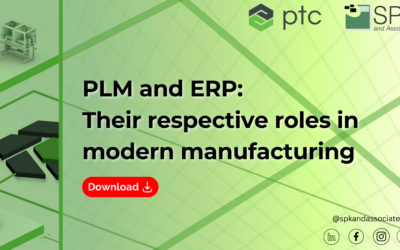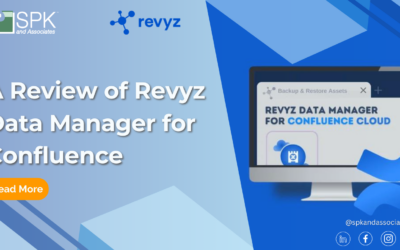The inquisitive nature of engineers, which makes them so good at designing, developing and building products, can also lead them to become distracted by other “interesting things” like managing the very systems and tools that allow them to do their engineering.
Engineers need the right computers (including PCs, servers and the supporting networks) and the right software (including compilers, design packages, word processing suites, change management tools, etc.) to design, build, test and document the products on which they’re working. With the right tools, engineers can innovate and create new products that will shape the future.
However, because these tools are also complex, they need to be managed. PCs need maintenance, servers need configuring, networks need tuning, software needs upgrading, applications need management, and everything needs to be backed up. Because engineers are highly skilled and conversant in the technology, they choose do this work, rather than turn it over to the system admins in the IT services department. And let’s be honest, the engineers tend to do the work themselves because IT inadequately meets their needs.
Similarly, when faced with the need for new tools or systems, an engineer often thinks “it will be quicker to do it myself that wait for IT services.” The hands-on engineer moves boldly ahead planning and building new systems without letting IT services know what he’s doing.
The result of this migration of responsibility is threefold.
First: The relationship between the IT services department and the engineers becomes blurred and strained. With both groups working on the same systems, tensions can rise as work is duplicated and/or neglected.
Second: The engineers perform these tasks in an ad-hoc manner. Because the engineers have other responsibilities, the more mundane tasks like backups get left to one side. As pressure increases and deadlines loom, the system management tasks, which the engineers adopted earlier in the project, now become burdens and strains. The flash point is when either a system fails or an application quits working properly.
Third: The third problem, by far the biggest, is that tasks like backups and software upgrades take time away from innovation and design. Good engineers are extremely valuable resources and their creativity needs to be channelled into building products not performing system administration.
To get engineers back on track, the IT services provider needs to respond to the engineers’ needs differently than to the needs of, say, accounting or the human resources department. IT services needs to understand that the engineers are experts and they know what they want and why they want it. The R&D IT service provider needs to deeply understand engineering requirements and procedures.
Not only that, but engineers need quick response times. Lots of bureaucracy, too many forms to fill out and a slow turnaround will only frustrate engineers and re-enforce the desire to take system management into their own hands.
Additionally, flexibility is essential. Since engineers are innovators, their requests are often innovative and don’t necessarily follow the norm. If they’re “thinking outside of the box” in terms of products, then IT services needs to follow that thinking and support it. Innovation plus flexibility equals great products.
Outsourcing these IT services to an external IT services provider that specializes in supporting Engineering is often the best solution to set your engineers free. It increases efficiency and productivity, reduces costs and offers quick and flexible responses. But most of all it allows engineers the freedom to focus on what they do best – innovate.






